The Reflection of Human Emotions in Horses: Allies in Assisted Therapy and Equine Therapy
By: Natalia Imberti Posted: 01/11/2024
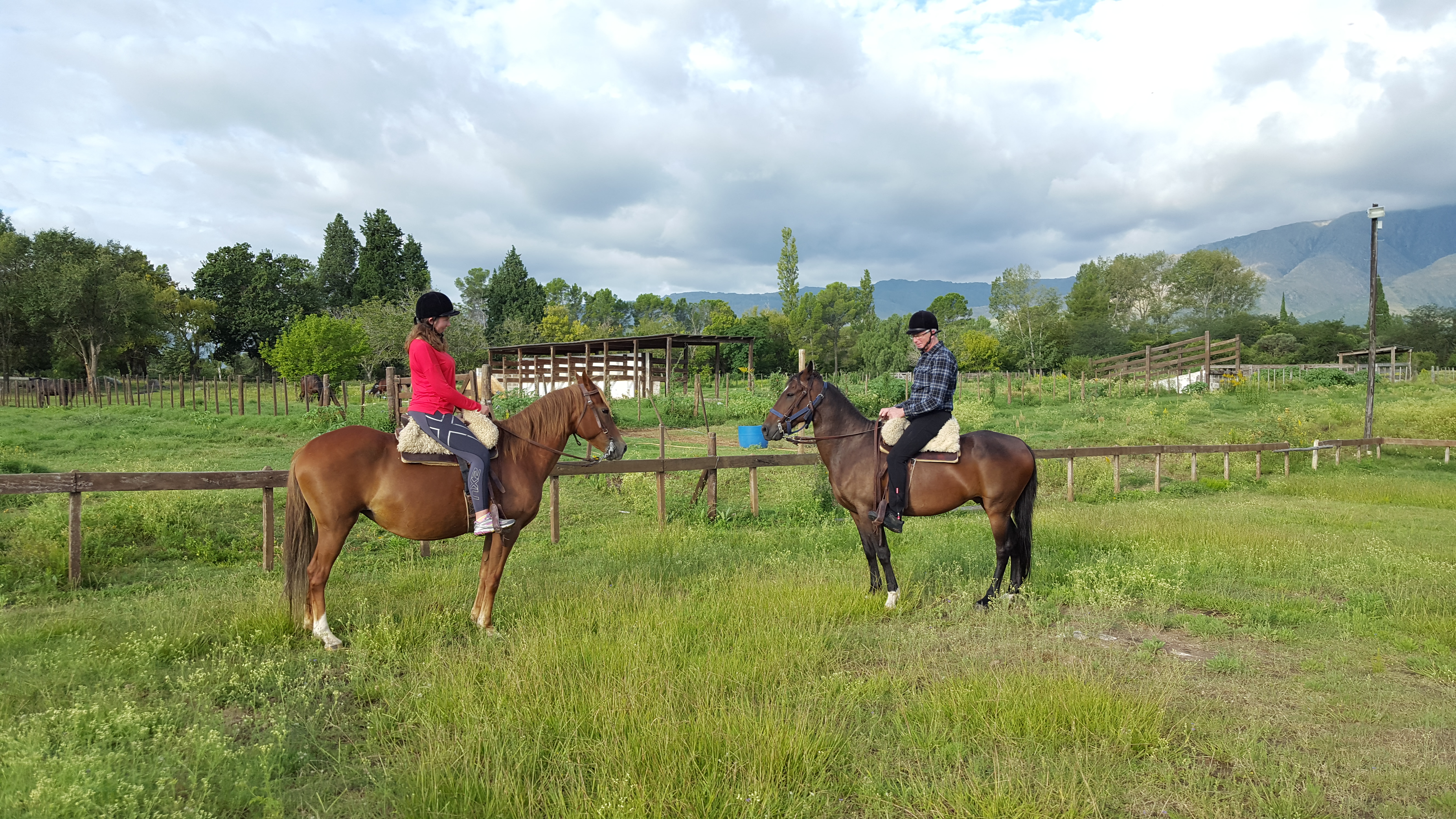
Horses have accompanied humanity for millennia, not only as means of transport or work companions but also as beings with whom we have shared profound emotional bonds.
In recent decades, scientific interest in understanding how horses can reflect and respond to human emotions has grown, leading to the development of horse-assisted therapies, such as equine therapy and psychological therapy with horses.
These animals have proven capable of acting as "emotional sensors," capturing and reflecting the emotional states of the people around them, making them valuable allies in therapeutic contexts.
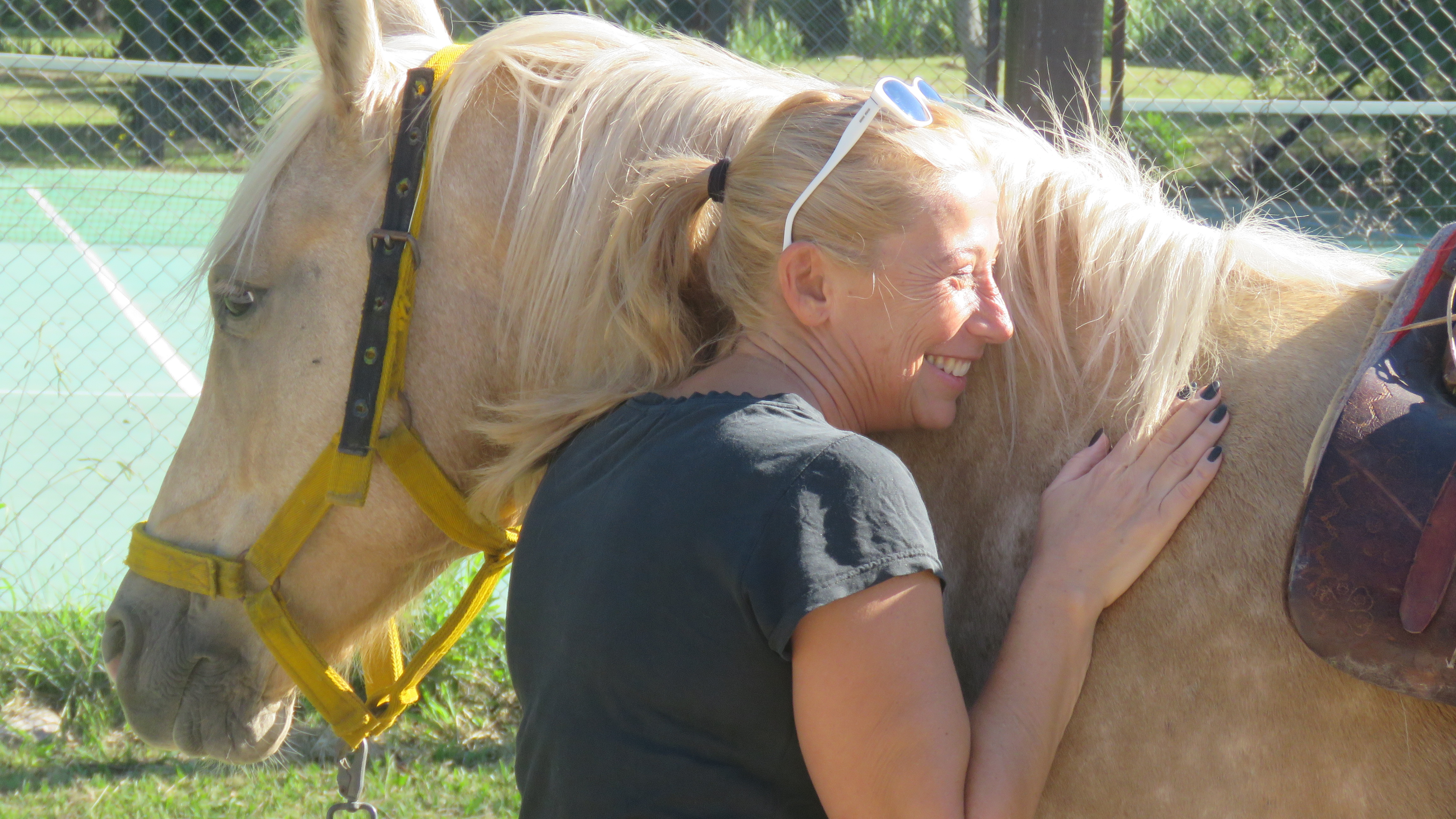
Horses’ Ability to Reflect Human Emotions
As prey animals, horses have evolved to be extremely sensitive to their environment.
This sensitivity is not limited to detecting predators but also includes perceiving emotional signals from other living beings, including humans.
This emotional reflection is evident in how horses respond to body language, facial expressions, and chemical signals emitted by humans.
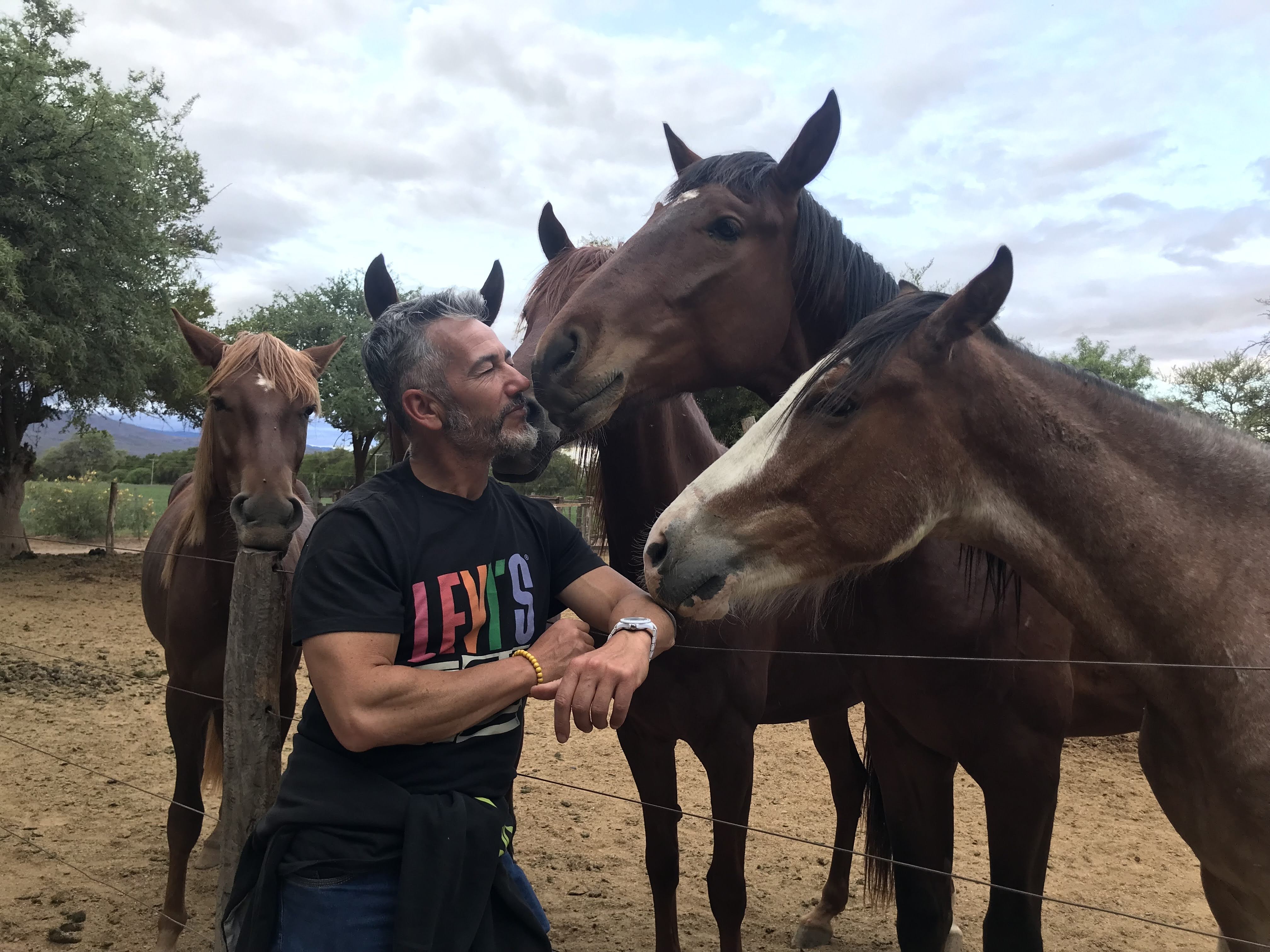
-
Perception of Body Language and Facial Expressions
Body language and facial expressions are powerful forms of non-verbal communication that horses are exceptionally skilled at reading.
Studies have shown that horses can distinguish between different human emotions simply by observing our faces and postures.
For example, a 2016 study by the University of Sussex revealed that horses react differently when seeing human faces expressing anger compared to those showing joy.
When confronted with an angry facial expression, horses show signs of heightened alertness, such as an increased heart rate and heightened vigilance.
This suggests that horses not only perceive human emotions but also adjust their behavior based on what they detect.
Furthermore, horses can interpret human body language in a similar way.
A 2018 study published in Scientific Reports found that horses prefer to approach people showing submissive body language rather than dominant body language.
This finding indicates that horses are highly sensitive to the subtle physical cues emitted by humans and can reflect a person's emotional state through their own behaviors.
-
Empathy and Emotional Resonance
Empathy is the ability to understand and share the emotions of others.
Although the concept of empathy in non-human animals is complex and subject to debate, some studies suggest that horses may exhibit forms of empathy toward humans.
A 2018 study published in Biology Letters explored horses' ability to resonate emotionally with humans.
Researchers played recordings of human sounds expressing positive emotions (such as laughter) and negative emotions (such as crying) and observed horses' reactions.
The results showed that horses adjusted their behavior based on the type of sound they heard; for example, upon hearing crying, horses exhibited signs of stress, such as restless movements and tense ears.
This behavior suggests that horses not only perceive human emotions but also resonate with them, empathetically reflecting the emotional states of those around them.
-
Detection of Chemical Signals: Smell as an Emotional Channel
In addition to body language and facial expressions, horses can detect changes in human pheromones, which are chemicals released in response to different emotional states.
A pilot study conducted in 2020 by Italian researchers exposed horses to human sweat samples collected in stressful and relaxed situations.
Horses displayed different behaviors when sniffing the sweat of stressed people compared to that of relaxed individuals.
These preliminary results suggest that horses can pick up on chemical signals related to human emotional states, enabling them to adjust their behavior in response to those signals.
This ability makes horses highly refined "emotional sensors" capable of accurately detecting and reflecting human emotions.
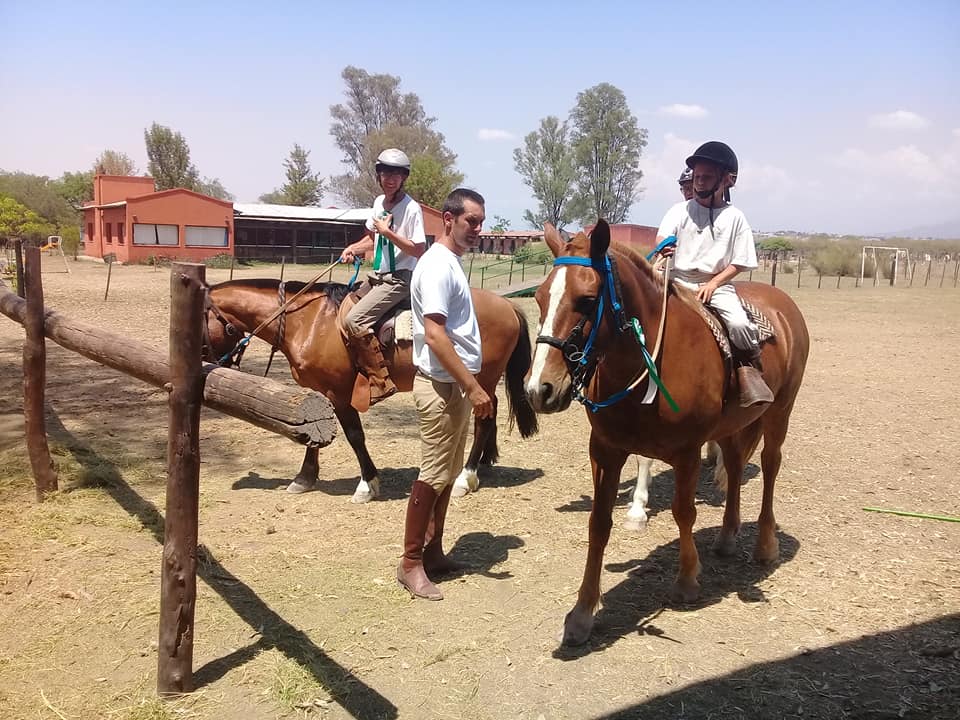
Would you like to be part of a group with an equestrian soul?
Join the Ampascachi Community. Obtain exclusive benefits for your holidays.
We tell you how to start, train and take care of your horse.
Interviews with direct providers of riding tours around the world.
Opinions of outstanding equine scientists and personalities in the equestrian sport world.
Horses as Emotional Sensors in Assisted Therapies
Horses' ability to reflect human emotions makes them ideal for use in assisted therapies.
These therapies include equine therapy, horse-assisted psychological therapy, and other interventions where horses act as co-therapists.
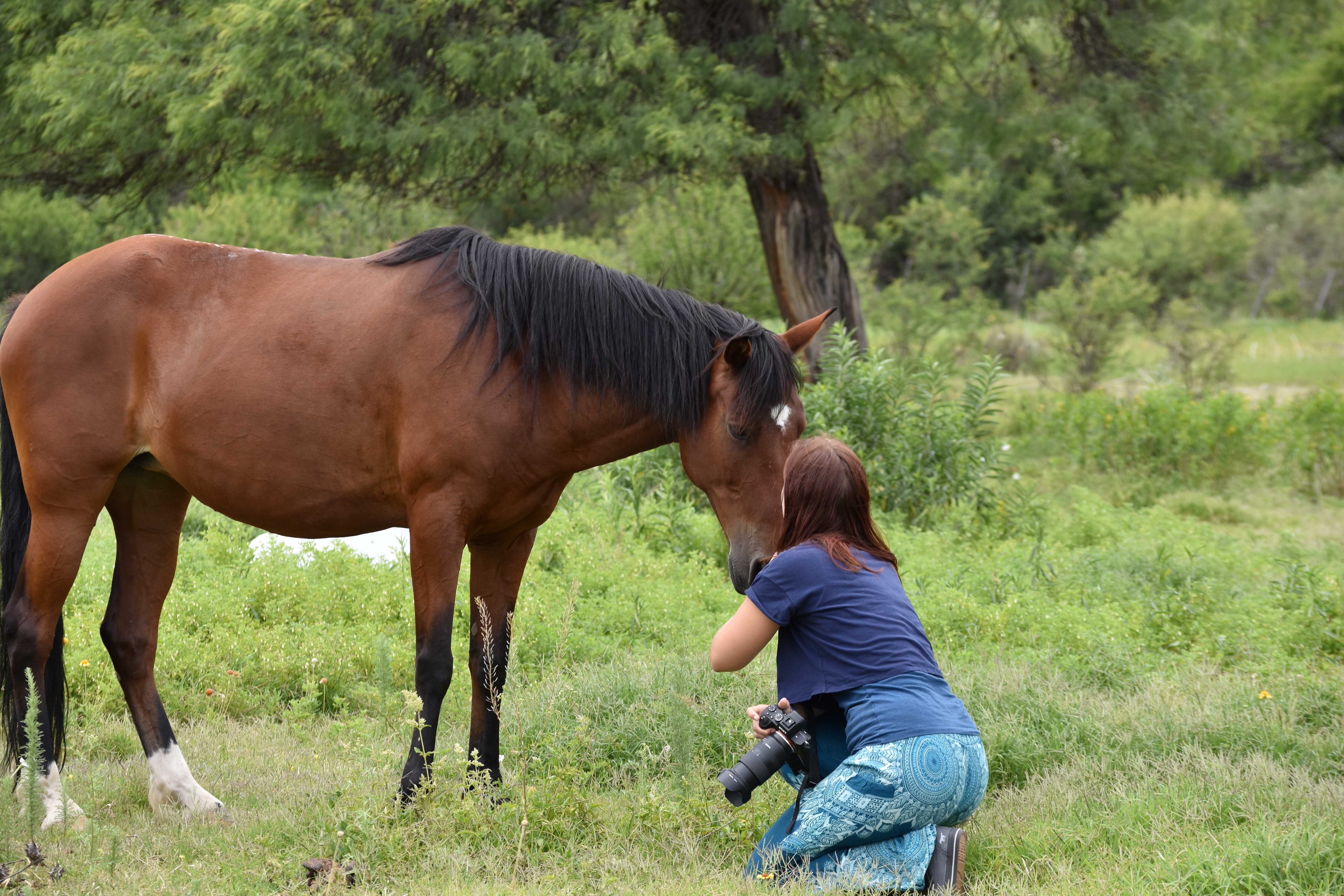
In these contexts, horses act as an emotional mirror, helping therapists identify and address patients' emotional issues.
-
Equine Therapy: Promoting Physical and Emotional Well-being
Equine therapy is a therapeutic intervention that uses interaction with horses to promote physical, emotional, and mental well-being.
It is particularly effective in treating people with physical disabilities, developmental disorders, and emotional issues.
In this context, horses reflect the patient's emotions, allowing therapists to better observe and understand the individual's emotional states.
For example, in equine therapy sessions with children on the autism spectrum (ASD), horses can adjust their behavior based on the child's anxiety or stress level.
If the child is anxious, the horse may become calmer and move more slowly, which helps to soothe the child.
This ability of horses to adapt their behavior to the emotional needs of the patient is one of the key factors that makes equine therapy so effective.
-
Horse-Assisted Psychological Therapy: A Safe Space for Emotional Expression
Horse-assisted psychological therapy is an intervention where horses are used to help patients explore and express their emotions.
This therapy is particularly useful for people who have difficulty verbalizing their feelings, as horses can provide a safe and non-judgmental space for patients to feel comfortable expressing their emotions.
By reflecting the patient's emotions, horses can help therapists identify emotional and behavioral patterns that might otherwise go unnoticed.
For example, if a patient is repressing emotions, the horse may show signs of discomfort or restlessness, alerting the therapist to the need to explore those repressed emotions more deeply.
In this way, horses act as an "emotional barometer," helping to guide the therapeutic process.
-
The Role of Horses in Building Emotional Connections
Another way in which horses reflect and respond to human emotions is by creating deep emotional connections between the patient and the animal.
These connections can be incredibly therapeutic, as horses offer a form of emotional support that is unconditional and without judgment.
In therapy sessions, horses can help patients develop social and emotional skills such as trust, empathy, and self-regulation.
For example, a patient struggling with social anxiety can learn to manage their emotions while interacting with a horse, which can, in turn, improve their ability to handle social interactions in other contexts.
Moreover, the fact that horses reflect the patient's emotions in real time allows for immediate feedback, facilitating emotional learning and growth.
Conclusion
Horses are much more than working animals or companions; they are highly sensitive beings capable of reflecting and responding to human emotions in complex and profound ways.
This ability makes them invaluable allies in the field of assisted therapy, where they act as "emotional sensors" that can detect and mirror patients' emotional states.
Through equine therapy, horse-assisted psychological therapy, and other interventions, horses have demonstrated their ability to help people explore, express, and manage their emotions effectively.
By acting as an emotional mirror, horses not only enhance the patient's emotional understanding but also promote the development of key social and emotional skills.
Ultimately, the use of horses in assisted therapies not only improves the quality of life of those who participate in these interventions but also underscores the importance of understanding and respecting the emotional capacity of these extraordinary animals. By harnessing this capacity, we can continue developing and improving therapeutic practices that use horses as co-therapists, offering new opportunities for emotional healing and growth.
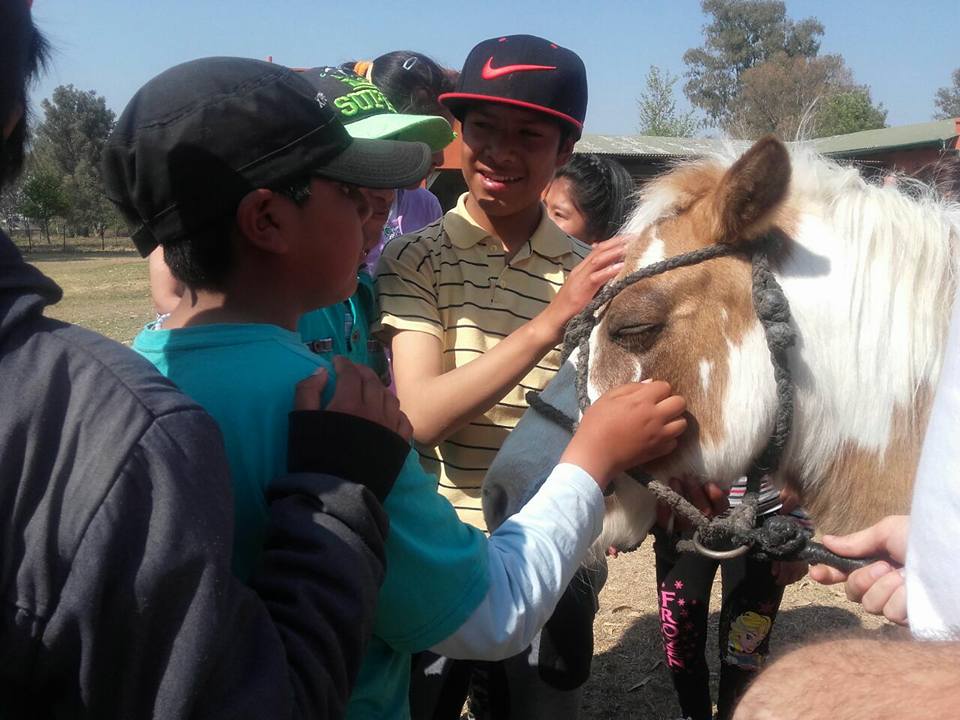
References
- Smith, A. V., Proops, L., Grounds, K., Wathan, J., & McComb, K. (2016). "Functionally relevant responses to human facial expressions of emotion in the domestic horse (Equus caballus)." Biology Letters, 12(2), 20150907.
- Proops, L., Rayner, J., Taylor, A. M., & McComb, K. (2018). "The responses of domestic horses (Equus caballus) to different human facial expressions vary according to the valence of the expression." Scientific Reports, 8(1), 14671.
- Keeling, L. J., Jonare, L., & Lanneborn, L. (2009). "Investigating horse-human interactions: The effect of a nervous human." The Veterinary Journal, 181(1), 70-71.
- Trösch, M., König von Borstel, U., & Rombach, N. (2020). "Horses' Responses to Human Emotional Cues during an Emotional Stroop Task." Animals, 10(6), 1037.
- Lansade, L., Nowak, R., Lainé, A. L., Leterrier, C., & Bonneau, C. (2018). "Human emotions influence horses' heart rates and behaviour." Scientific Reports, 8(1), 13018.
- McKinney, C., Mueller, M. K., & Frank, H. (2015). "Real horses show empathy for human distress." Biology Letters, 11(1), 20140907.
Subscribe to the Ampascachi Community and obtain benefits and exclusive content. Furthermore, we offer free advice on horses and equestrian tourism.
Are you passionate about horses, too? Do you want to learn how to train them?
Download our free ebook Horse training step by step. When you see how your horse learns and begins to understand your signs and aids, you will be filled with joy.
~
THIS COULD ALSO BE INTERESTING

How to understand the welfare of horses
Discover the evolution and implementation of the 5 domains model for animal welfare applied to equids. Assess the well-being of your horse based on his physical and mental health.
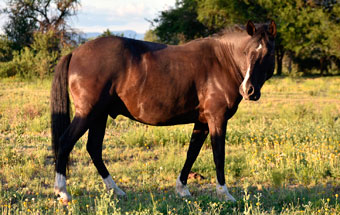
Peruvian Paso Horse I – Origin of the breed
We explain in detail why the breeders of Peruvian Paso Horses believe that we have an equestrian jewel in our hands.

Horseback treks in Morocco
We display the different ways of traveling around the mountains, the exuberant valleys and the sandy desert with its oases, the ancient Moroccan cities by horseback.
~
WHAT IS YOUR OPINION? LEAVE A COMMENT
Planning your horse riding holidays?
Join the Ampascachi Community. You will get exclusive advantages and guidance for your next horse riding holiday.


 German
German French
French Spanish
Spanish